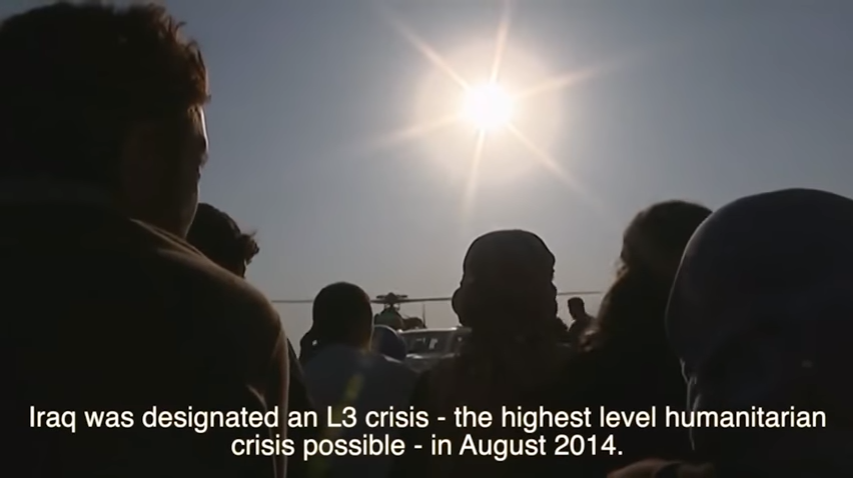The OPRs and P2P support missions confirm that prioritisation is one of the most critical concerns of Humanitarian Coordinatorsand Humanitarian Country Teams. It is particularly relevant when preparing the Humanitarian Response Plan and appeals. Whilst there are no set rules on how prioritisation should be done, some good practice is emerging.
During the L3 crisis in Iraq, the Humanitarian Country Team struggled to respond to the crisis. The Humanitarian Country Team started a prioritisation exercise that ensured the most urgent needs across clusters were prioritised for the response. In an interview the Humanitarian Coordinator in Iraq, Lise Grande, shared some steps on prioritisation that were applied for the Iraq response:
- Ensure that life-saving programmes are prioritised: Identify urgent life-saving programs at risk of closing down due to lack of funding. Ensure meaningful involvement of affected people of identifying priority actions.
- Collaborate with the government: Include the government in the prioritisation process, encourage local ownership, and facilitate complementarity between national and international response efforts.
- Adjust the Humanitarian Response Plan (HRP): Ensure the needs of affected people are included in the plan. The HRP is a living document and should be updated as many times as required throughout the year.
Additional guidance for prioritisation is available in the IASC Reference Manual for the Implementation of the Humanitarian Programme Cycle.




